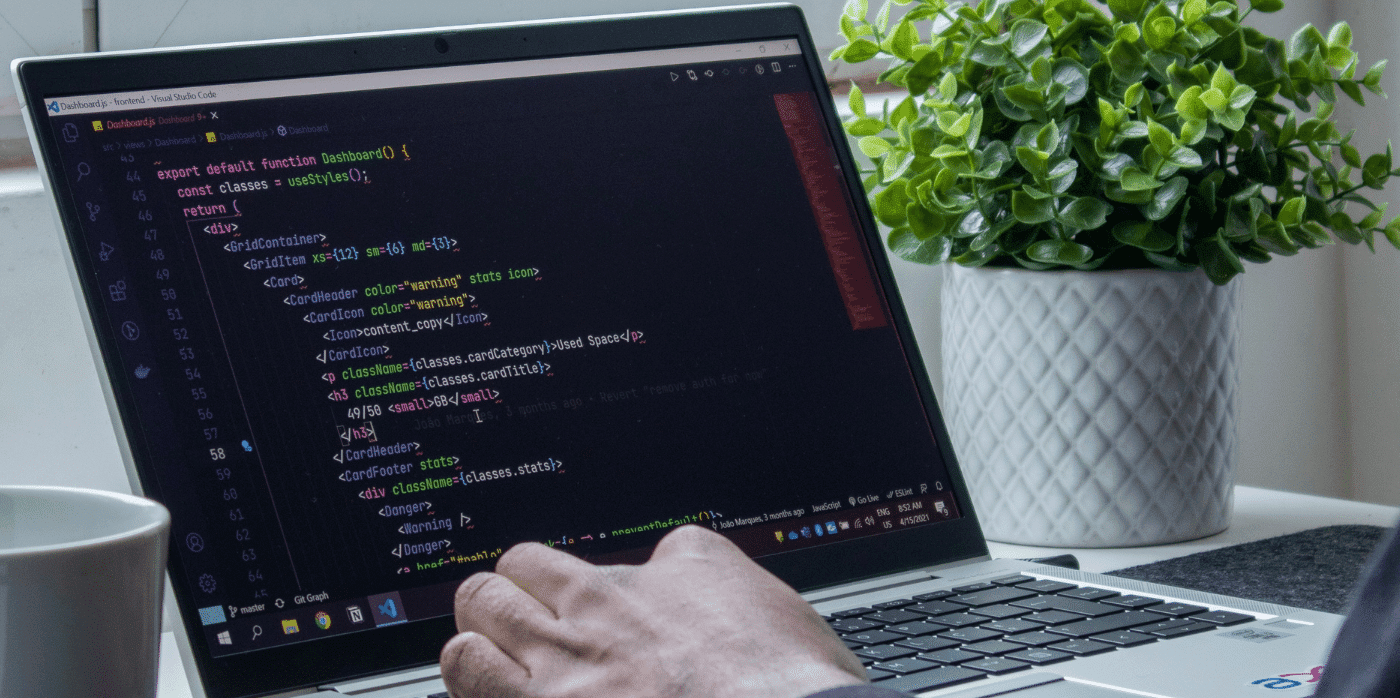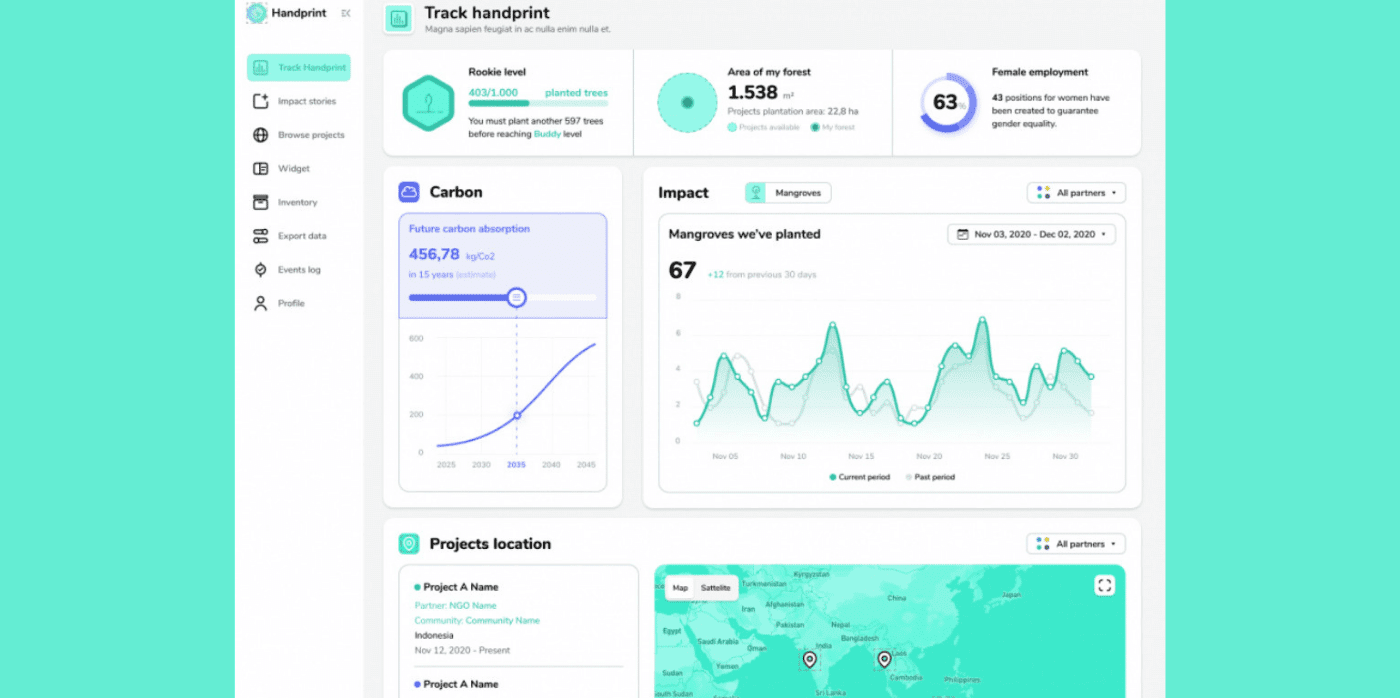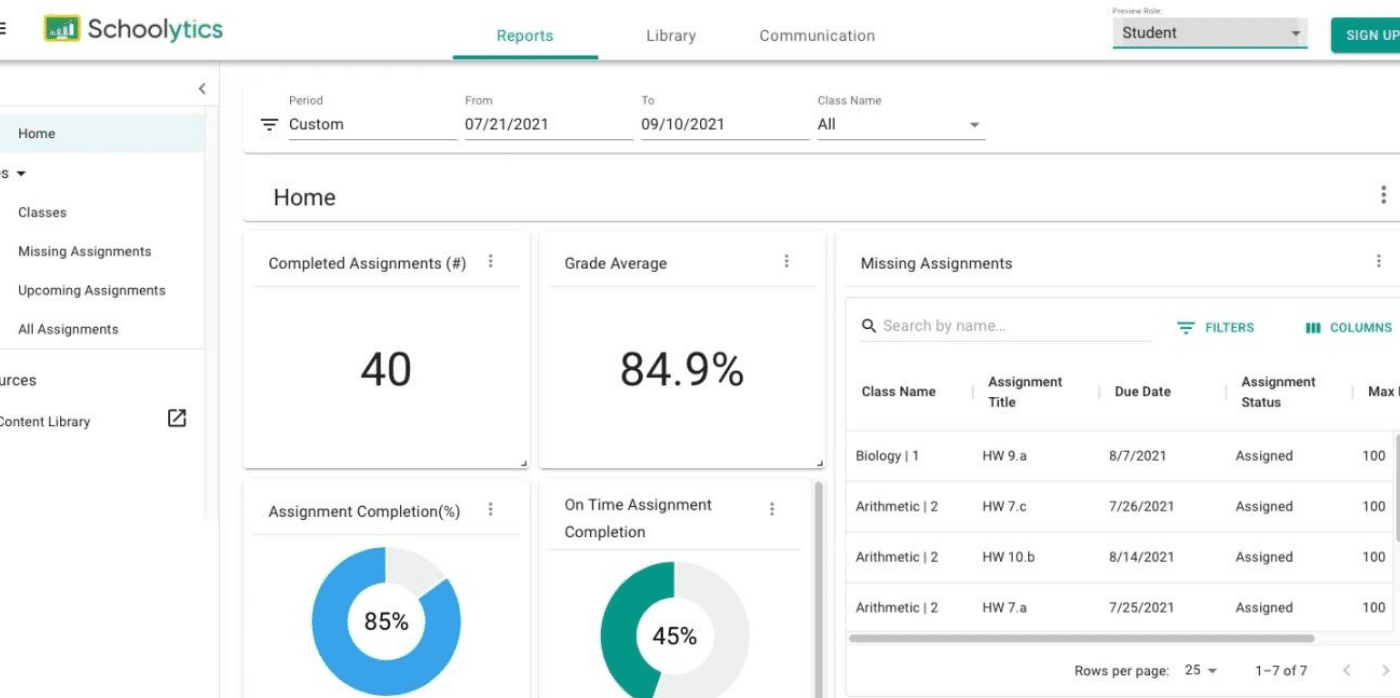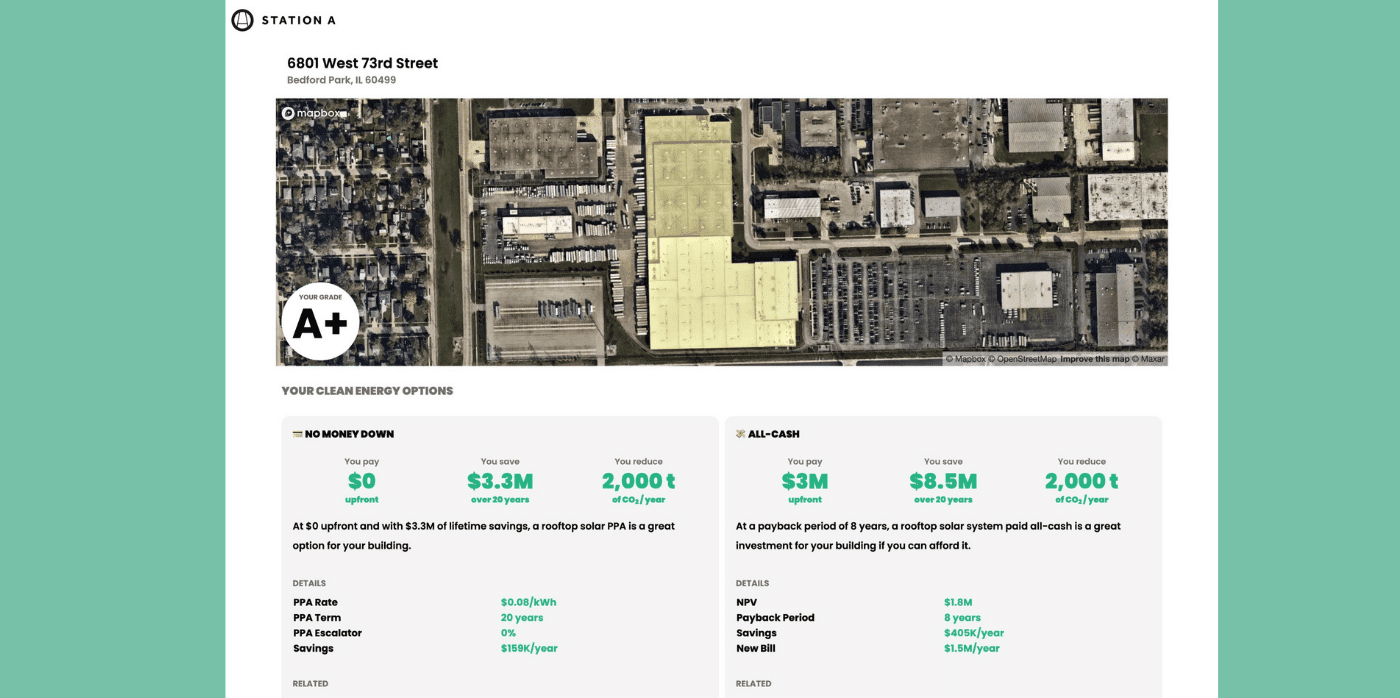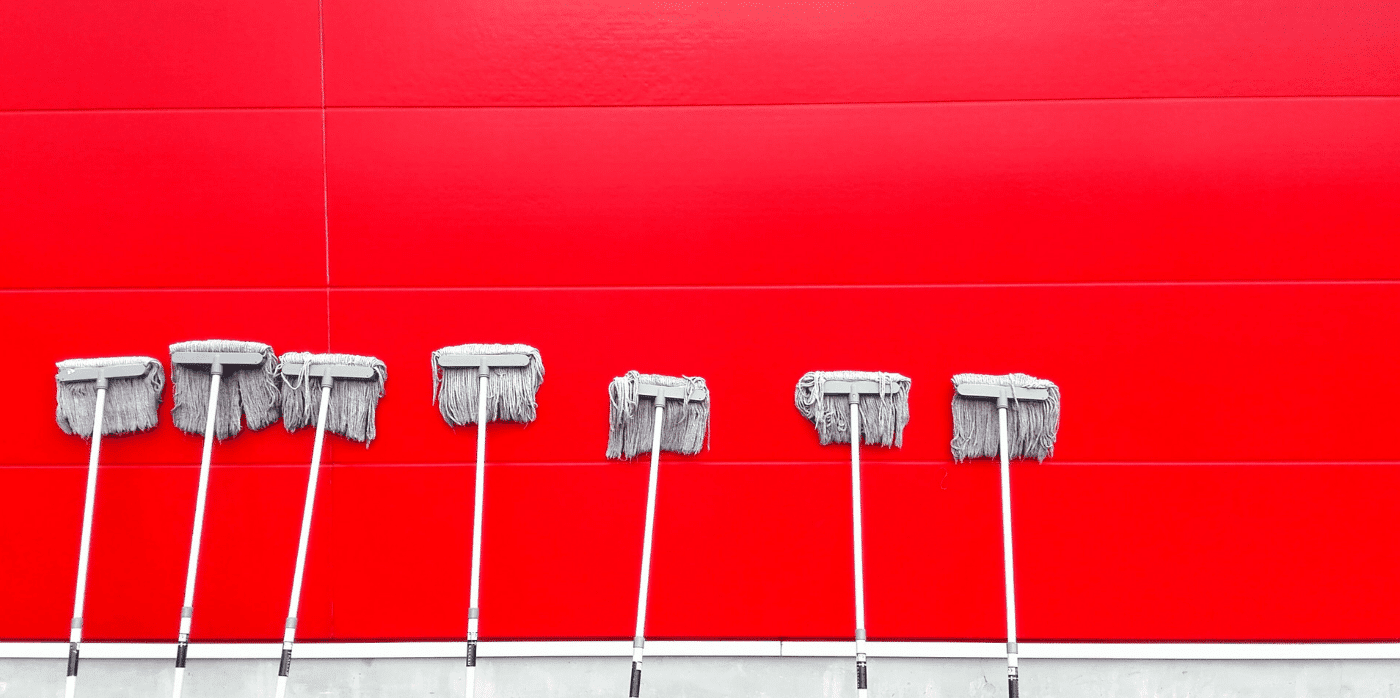A platform connects US tech startups with remote developers in Latin America
Spotted: Thanks to the COVID-19 pandemic, remote working infrastructure has improved dramatically, while remote working practices have become culturally embedded within many organisations. Highly digitised industries saw the biggest adoption of remote working, with the OECD estimating that, on average, more than 50 per cent of high-tech workers worked from home during the pandemic. Indeed, Apple employees have become so used to remote working that a group of them have publicly pushed back against calls from top management to return to the office.
But what impact will increased acceptance of remote working have on the job market for tech? One possibility is that it will encourage more companies to outsource tasks to freelance developers in lower cost countries. But for Philadelphia-based startup Teilur, ‘outsourcing’ is a dirty word associated with short-term transactional relationships. Instead, the talent platform is focused on helping US tech startups build meaningful, long-term relationships with Latin American developers who share their mission and values.
What does this mean in practice? At the heart of Teilur’s platform is a network of over 400 pre-vetted growth marketers, data professionals, and software developers. US tech companies can dip into this pool of talent to find their next valued team member. Teilur then takes care of cumbersome administrative tasks such as international contract compliance and payroll. Crucially, for US firms, Latin America can provide workers who operate in the same timezone as their US-based counterparts, making collaboration easier. And to incentivise long-term relationships, candidates on the Teilur platform get paid salaries two to three times higher than what the big tech companies offer locally.
Teilur argues that its platform benefits both startups and developers. It claims that companies can save up to 60 per cent in salaries, while candidates receive better pay than is available elsewhere in their local market. Teilur is also committed to pricing transparency with a promise to never charge more than 25 per cent of what the hiring company pays for a candidate – a competitive rate in a market where agencies routinely charge up to 50 per cent. Teilur also pledges to only charge companies if they actually hire a candidate.
With a global talent gap looming on the horizon, Springwise is spotting a number of talent tech innovations such as a language-learning app that connects candidates from marginalised groups with employers in the digital economy, and an AI-powered training platform that predicts future skills gaps.
Written By: Matthew Hempstead
24th August 2022
Website: teilur.com

